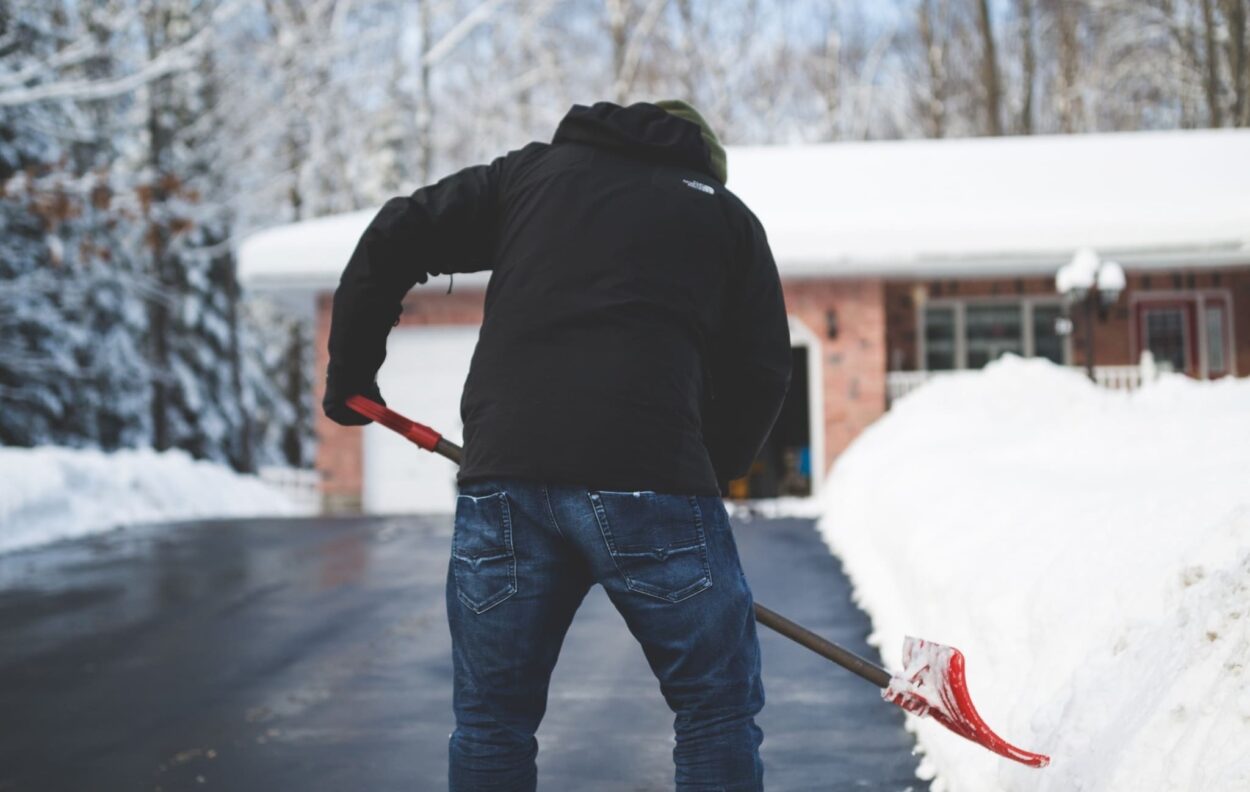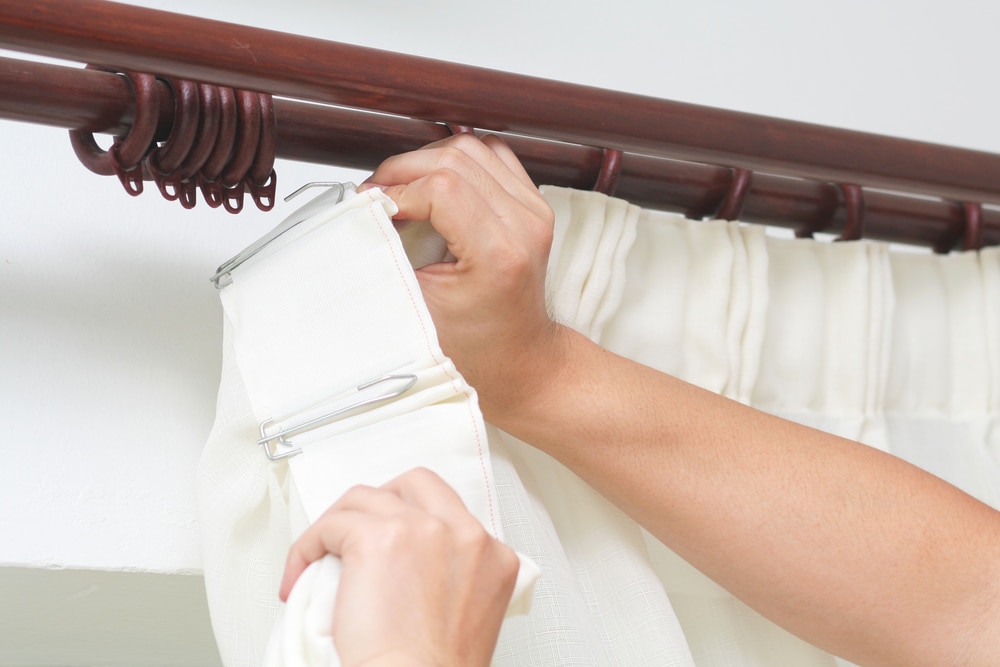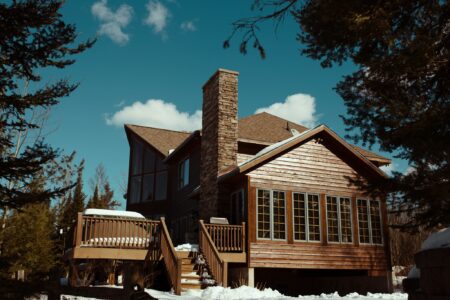Jasmine Birtles
Your money-making expert. Financial journalist, TV and radio personality.


Now that the clocks have gone back and it’s pitch black by 17:30, it’s safe to say that winter has arrived.
The colder conditions are difficult to deal with for a number of reasons and it can be one of the hardest times of the year for people.
However, there are things that you can do to make this winter more comfortable, especially as it’s likely you’ll be spending much more of your time at home.
With a few simple tips, you can dramatically improve the warmth and insulation of your home this winter and beyond.

A house can lose an incredible amount of heat through a small amount of cracks or holes, so filling them in will help to reduce thermal energy loss.
Your local DIY shop should stock Vermiculite, a product which is perfect for filling in cracks and small holes, which can appear over time.
If you’re struggling to identify where the air is leaking out, you can use a candle to find out.
Simply move around the inside of your house and move the lit candle around the fittings. When you see the flame move, that’s where you’ll need to apply insulating product.
The attic is the place to focus on, as it’s less obvious if there is an air leak as it’s unlikely that you’ll spend much time there.
![]()
As well as filling in specific gaps in the brickwork of the outer walls, you can invest in insulating paint and boarding to keep more heat inside your home.
This is a much stronger measure for protecting your home against the cold compared to filling in a few gaps and cracks.
If you want to go all out, you can have your entire home covered with insulating boarding as shown here.
While insulating paint may not be as effective as boarding, it will still save a surprising amount of heat and money in the long term.
Check out how insulating paint works here.

As you’ll know, most of the heat in a home is lost through windows, which is why it pays to be intelligent with how you use your curtains and blinds.
Even though it’s likely that you’ll have them closed during the evenings, you should consider closing the blinds and curtains in the rooms that you do not use at all.
If you have a spare bedroom that is unoccupied or other disused rooms, closing the blinds and curtains will ensure less heat is lost.
If you feel like you home loses a lot of heat, there can be a number of issues, but one of the most common is the lack of adequate insulation in an attic.
It’s likely that you have a cover of fibreglass in the attic space, however, adding more insulation is one of the best ways to keep heat inside your home, especially when the temperature drops below freezing.
You can get your hands on extra insulation from DIY shops, just look out for products like this.
Door sweeps are cheap but effective when it comes to keeping heat inside a house or single room.
A door sweep is a piece of rubber than fits to the bottom of an interior door and prevents cold air from moving from one room to another during the winter.
Because cold air is heavier than warm air, there will always be a colder draft passing across the floors of your home.
You can get your hands on door sweeps here.
Weatherstipping refers to the practice of applying a seal to the doors used to leave your home.
By blocking up the small gaps between the wall and door frame, and the wall and the window frames, you can reduce the amount of draft from the area.
This will help keep even more heat in your home as the less air that can get in, the better.
You can get your hands on weatherstripping seals here.

In many parts of Scandinavia and the Alps, homes have to pass a test in which the air pressure inside a home is dramatically increased and then measured to see if the pressure is maintained or drops.
If the pressure drops, the building is not airtight and, therefore, not equipped to handle the freezing winter temperatures which are a normality, whereas if the pressure remains stable, the home is sealed.
Though it’s unlikely that you’ll be able to make your home completely airtight, this should be the aim when applying all of the advice above, as it makes a huge amount of difference to the heat retention of your home.
If you would like to read our guide on preparing your car for the winter, click here.

[…] Getting your house prepared for the Winter […]